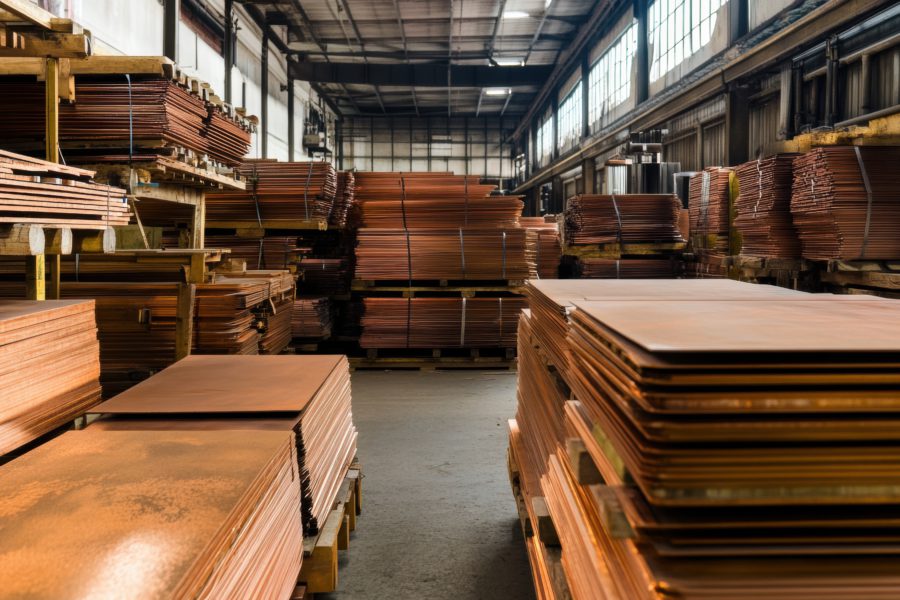The view from England: Events avalanche

Rejoice, in-person events are suddenly back, with Mines and Money, Indaba, PDAC and, of course, the Venice Biennale crowding our calendars.
I expect most of you have already made plans to attend the glittering jewel that sits atop the contemporary art calendar every two years. La Biennale di Venezia was founded in 1893 by the Venetian City Council to celebrate the silver anniversary of King Umberto I and Margherita of Savoy. The event has become perhaps the world’s most prestigious cultural institution, with over 500,000 people expected to visit this year’s exhibitions.
After a one-year delay, because of Covid-19, the 59th Venice Biennale opened on April 23, and you have until November 27 to catch what is the Olympics of the art world.
This year’s artistic director is Cecilia Alemani, and her central exhibition is badged ‘The Milk of Dreams’ after a book by the surrealist artist Mary Leonora Carrington (1917-2011). Alemani’s exhibition follows three themes: body representation and metamorphosis, human relationships with technology, and the relationship between the body and Earth.
Outside of the central, international exhibition, individual countries have their own pavilions, and a total of 80 nations are participating this year. Each country has selected an artist to represent their pavilion, ostensibly with an eye to the Biennale’s theme.
Canada is represented by Vancouver-based Stan Douglas, whose artwork is entitled ‘2011 ≠ 1848’. In a recent review for Frieze (London’s contemporary art magazine), Terence Trouillot noted that the exhibition draws a line between the global social and political unrest of 2011 (which included the Arab Spring and Occupy Wall Street) and the working-class upheaval that took place in 1848 across continental Europe.
Before they get a chance to visit Venice, mining executives face a crowded calendar. Mines and Money returned on May 4-5 with its ‘Connect’ event in London, which is followed in the calendar with Cape Town’s Investing in African Mining Indaba on May 9-12. Five weeks later, PDAC returns to Toronto in its delayed slot of June 13-15.
Indaba has been a significant platform for Africa’s mining industry for over 27 years, bringing together unique voices and perspectives (to quote Nevashnee Naicker, the head of corporate communications at Anglo American). However, having temporarily moved from its usual early February slot, Indaba has less appeal this year for the British mining sector (skiing apart, February is a considerably less attractive month to be in Europe than May).
Nevertheless, the organizers are correct when, in promoting the event, they say “Ensure you are not just a spectator, be part of the evolution of African mining.” In-person events are back, and if you have designs on mineral assets in Africa, Indaba is the place to be.
Confirmed speakers this year include South Africa’s President, Cyril Ramaphosa, and the Presidents of Botswana, Zambia and Zimbabwe, plus the Prime Minister of the Democratic Republic of Congo. Other speakers include the perennial attendees Robert Friedland of Ivanhoe Mines and Mark Bristow of Barrick Gold, plus the CEOs of Anglo American (Duncan Wanblad), Gold Fields (Chris Griffith), Rio Tinto Minerals (Sinead Kaufman), Vedanta Resources (Sunil Duggal), Ma’aden (Robert Wilt), and B2Gold (Clive Johnson).
Indaba’s conference theme this year is ‘Investing in the Energy Transition, ESG and the Economies.’ The need to be part of an evolution in African mining is clear. The continent comprises almost 1.4 billion people in 54 countries spread over a land area of 30.3 million sq. km. This represents over 20% of the world’s land area and almost 18% of the global population.
Unfortunately, the Cold War that followed World War II made political progress difficult in Africa, and when tension eased, 30 years ago, only three African countries could be described as democracies. Around half of the African nations are now democratic, and a further 20 countries hold worthwhile, although imperfect, elections. Only two countries (Eritrea and Swaziland) lack a multi-party constitution, although two other constitutions (Libya and Somalia) are in a fledgling state.
Despite some ongoing political difficulties, the progress in Africa is clear. The continent boasts a burgeoning middle class as economies grow and, although slow, headway is being made into a broader understanding of the needs of international businesses. However, although fewer African officials are corrupt, many of the continent’s new middle class still lack business expertise. This weakness can be remedied by choosing partners wisely. Fortunately, helped by the glare of social media, only a small minority of foreign investors are likely to exploit local stakeholders.
Despite the improvement in Africa’s political and economic landscape, the performance will inevitably be hyped at Indaba. We are 22 years into what supporters have long lauded as an ‘African century,’ but investors need to remain vigilant. With a nod to the Venice Biennale, caveat investire perhaps.
— Dr. Chris Hinde is a mining engineer and the director of Pick and Pen Ltd., a U.K.-based consulting firm he set up in 2018 specializing in mining industry trends. He previously worked for S&P Global Market Intelligence’s Metals and Mining division.
{{ commodity.name }}
{{ post.title }}
{{ post.date }}



Comments